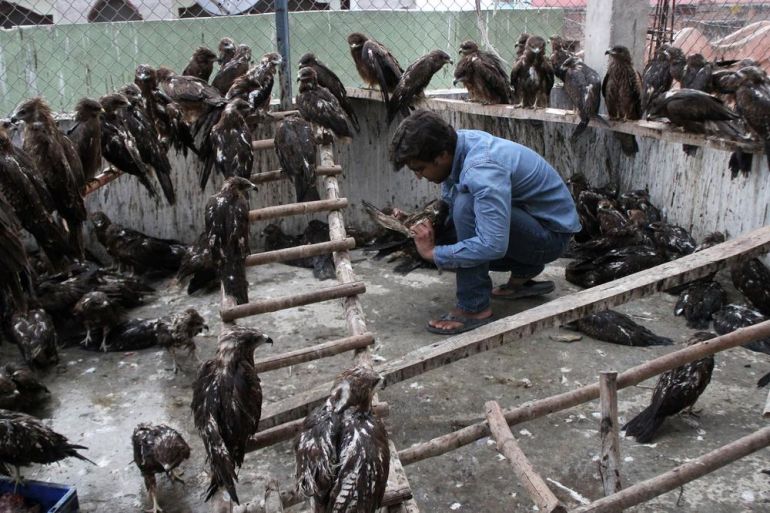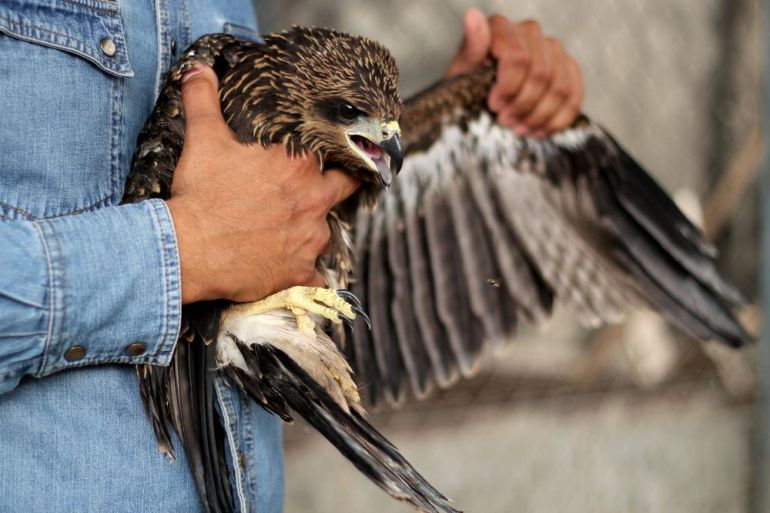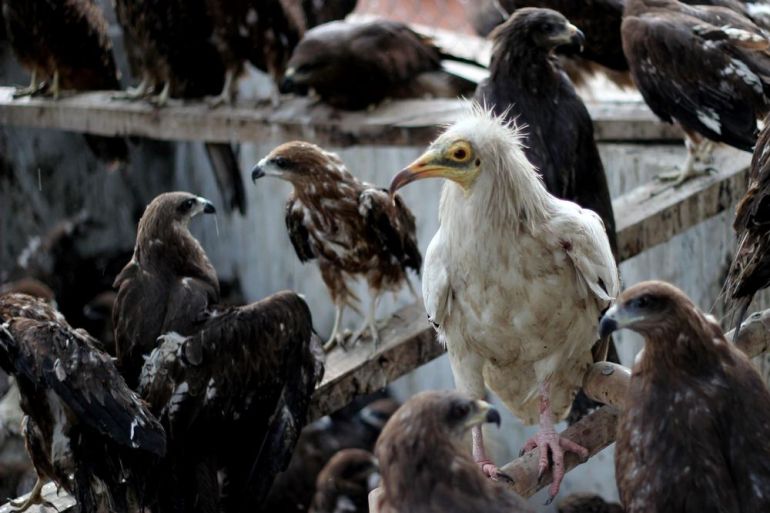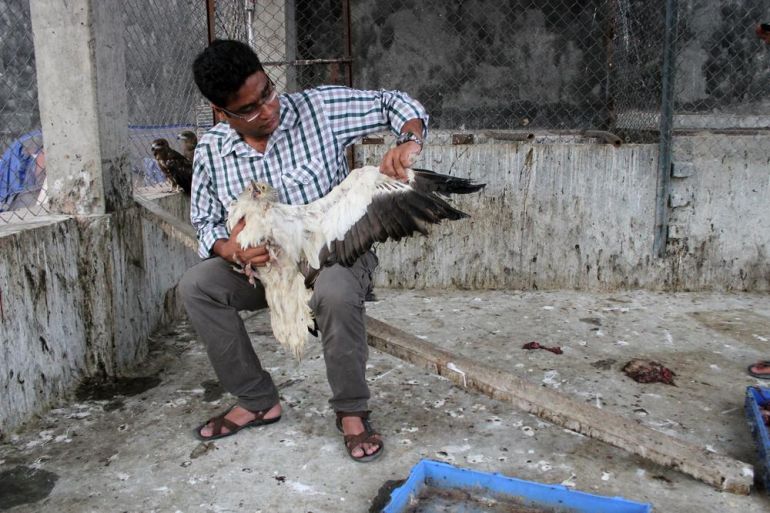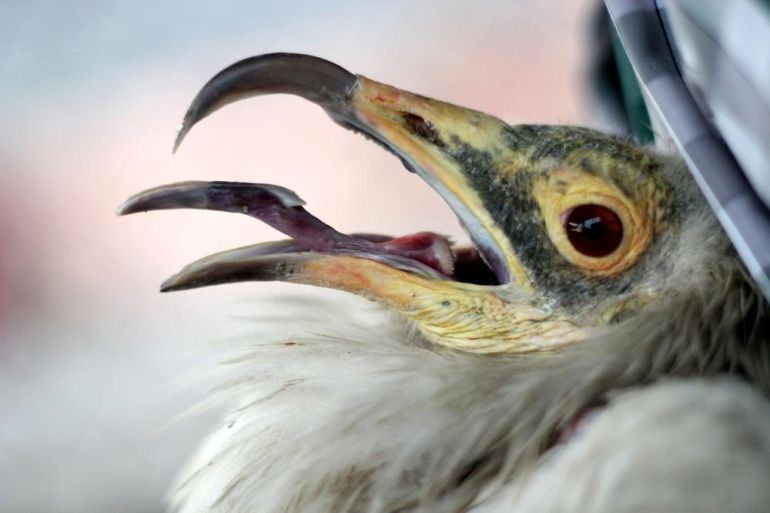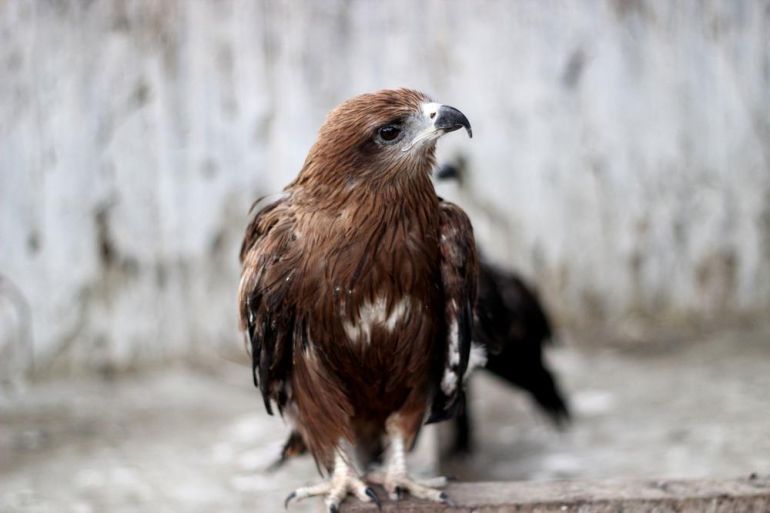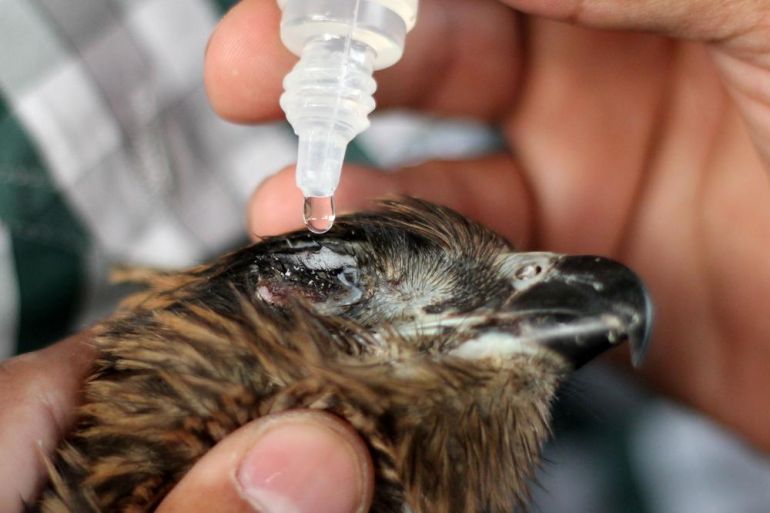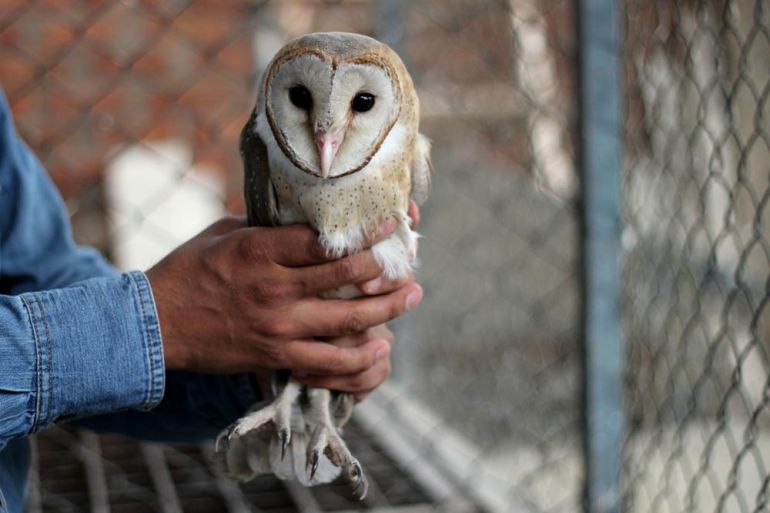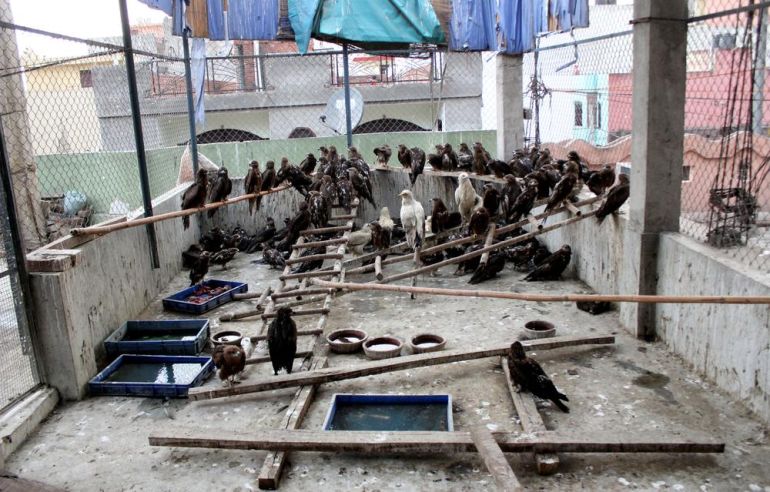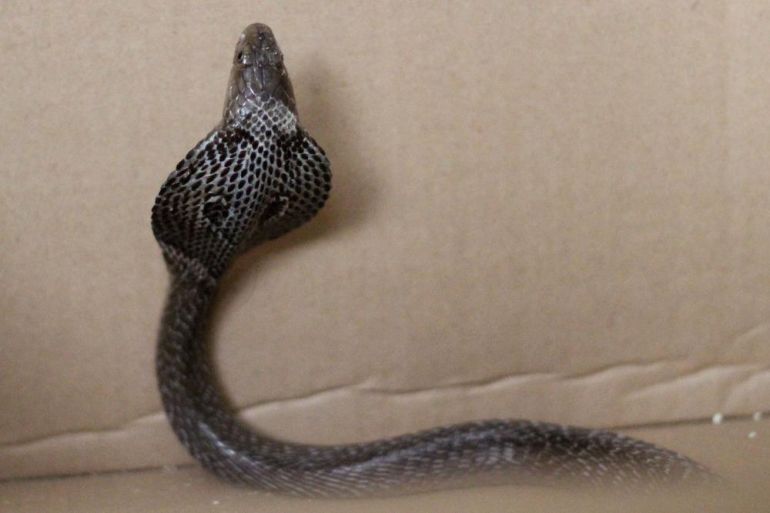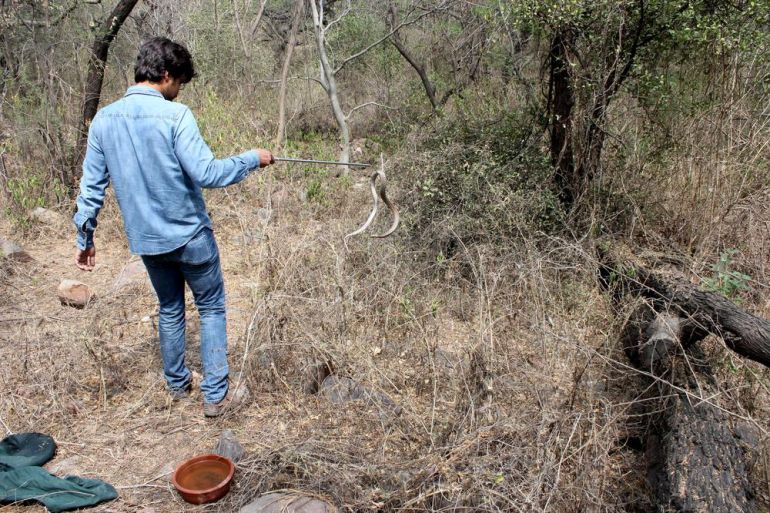In Pictures
In Pictures: Treating Delhi’s birds of prey
Two brothers save and care for injured predatory birds at shelter which is one of the few in Indian capital.
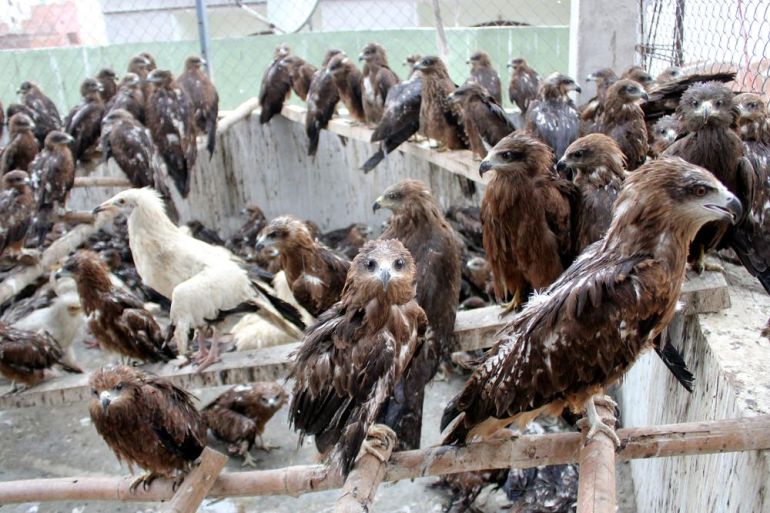
Pieces of rotting meat strewn all over the ground with hundreds of injured predatory birds fluttering around – this is the scene from a shelter for birds of prey or raptors in India’s capital, New Delhi.
Two brothers Nadeem Shahzad, 36, and Mohammad Saud, 32, are on a mission to save the city’s wild birds of prey such as kites, owls, vultures, eagles and falcons through their organization, Wildlife Rescue.
There are not many places that the carnivorous birds can get treated at as many bird hospitals in the city do not tend to them due to religious reasons.
“The thought of saving these birds of prey came when we found an injured black kite and took it for treatment to a Jain Bird Hospital in old Delhi,” Shahzad said.
“They refused to take in the bird saying that we do not treat birds that eat meat. We decided that we had to do something for raptors in the city and hence we started our bird rescue centre in 2003 at the rooftop of our house in old Delhi.”
Their private phone number, which acts as the helpline number for birds in distress, was circulated by word of mouth, and soon they were receiving four to five rescue calls a day.
Initially, the injured raptors were taken to vets but soon the duo taught themselves how to treat the birds by consulting veterinarians and from books. They have even learned how to stitch up their wounds.
When the number of winged patients increased, they decided to move Wildlife Rescue to a new location.
Follow Showkat Shafi on Twitter: @ShowkatShafi
